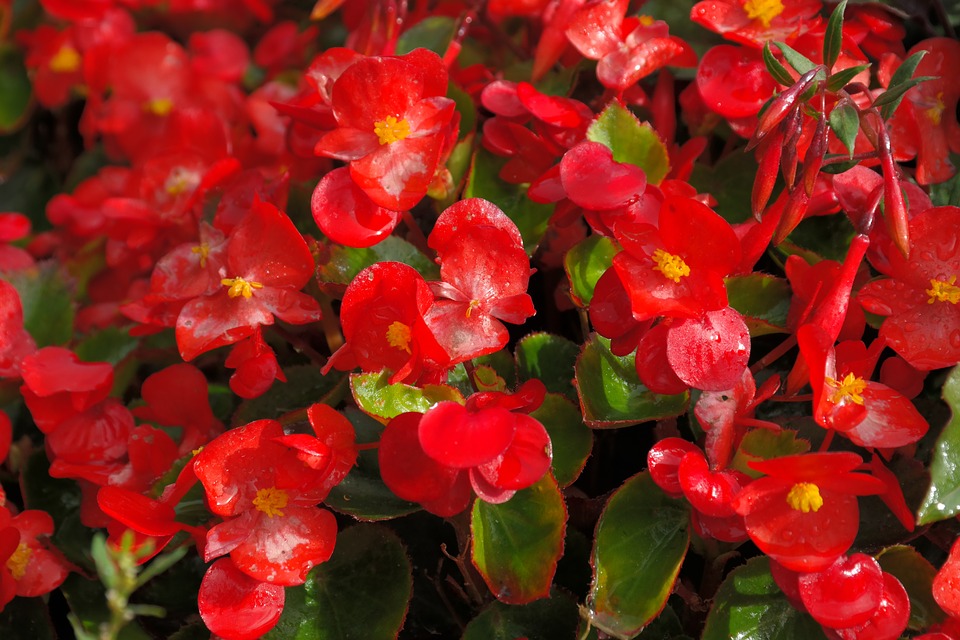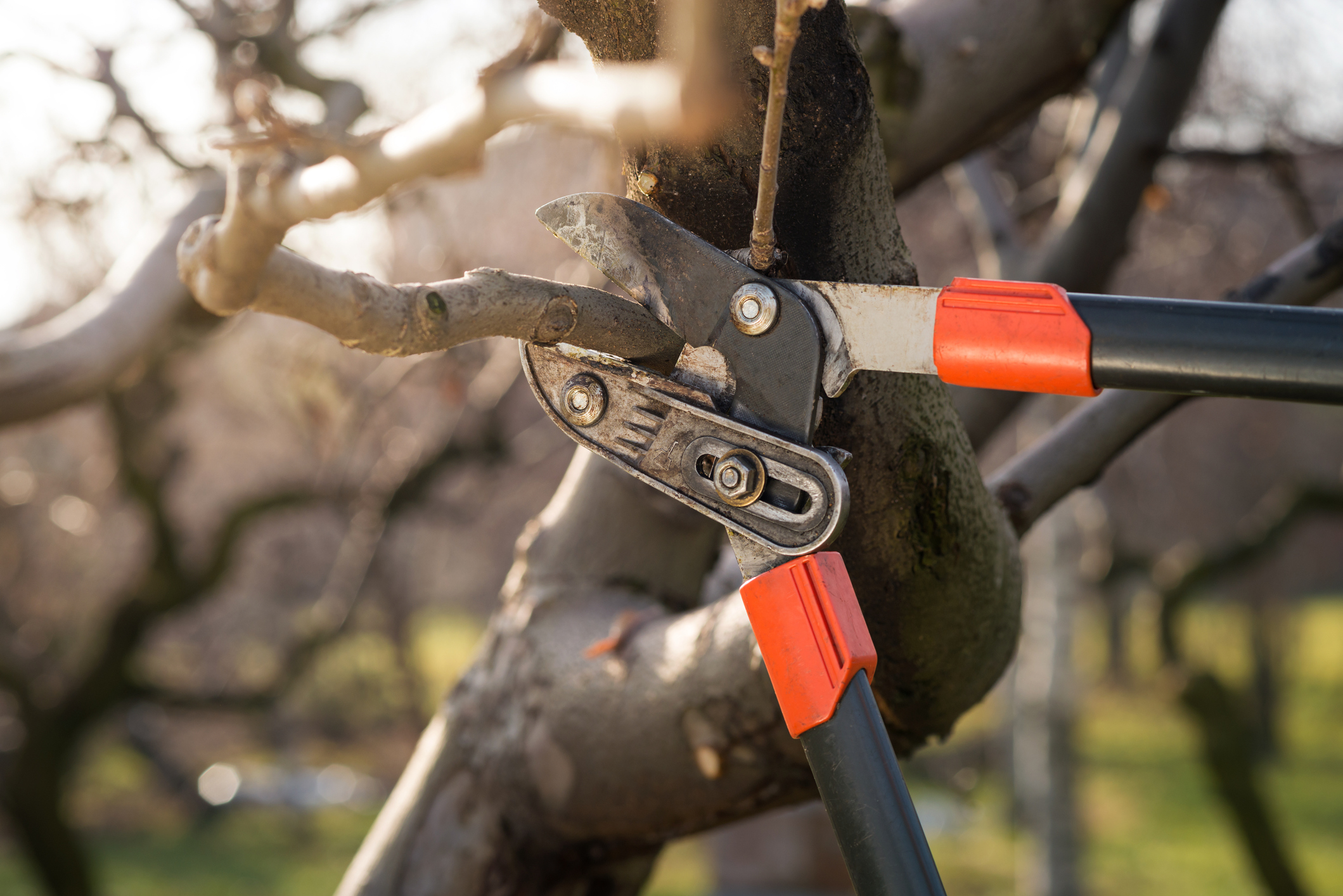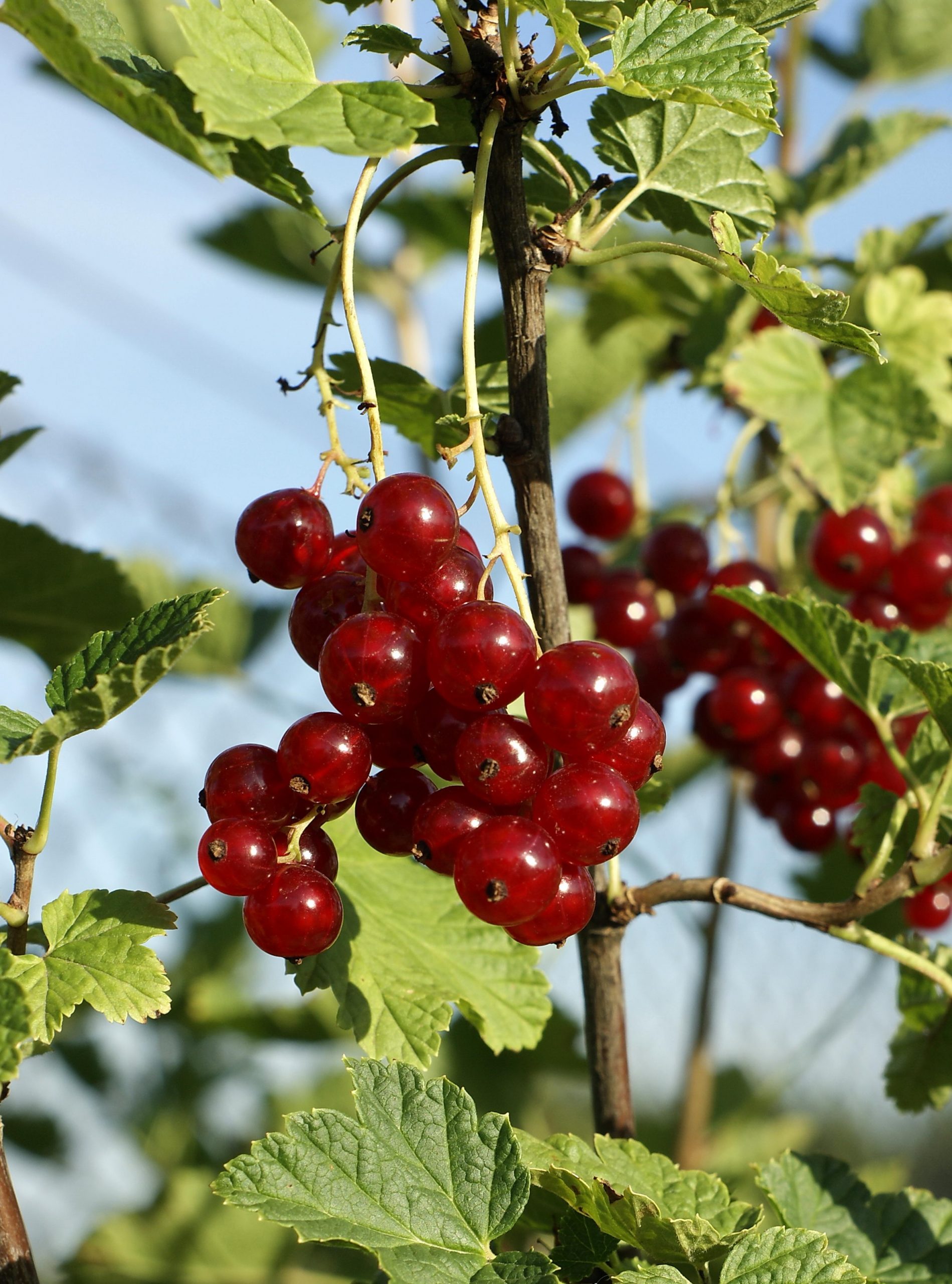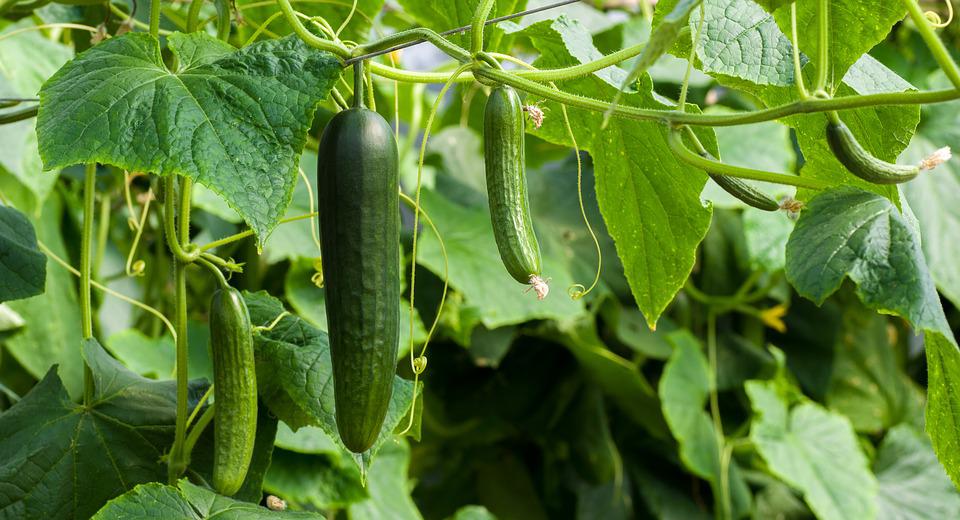Begonia is a plant that comes from tropical climates and needs special care, especially when grown indoors. If you just received a begonia and you still don’t know how to care for it, here are some tips to help you!
1) Begonia Species
To take care of a begonia, you need to know what species it belongs to. Although all begonias should receive the same care, some species require extra attention. We can divide begonias into four different families:
–The rhizomatous, which have a stem that acts as a reserve organ.
-The fibrous, which is characterized by a smaller size than most begonia species.
–The semperflorens, which always have flowers, have the peculiarity of being very good in full sun.
-The tuberous, which have a thickened underground stem, where the nutrients the plant needs accumulate, also have large flowers and probably the most striking species.
2) General Tips for the Care of a Begonia
Avoid low temperatures: in general, begonias prefer shade, but they need heat. They do not tolerate the cold well, let alone frost. They need temperatures above 15ºC and below 22ºC.
Plant them in spring or summer: begonias should be grown after the cold seasons are over and planted next to other plants because their roots do not need much space.
Good drainage is essential: the soil should be well-drained so that water can reach the begonia unhindered.
The pH of the soil where you plant your begonias should be neutral or slightly acidic.
Use fertilizers and read the manufacturer’s recommendations carefully.
If you want the begonias inside your house, keep in mind that it should be placed near the window or in one of the windows where the sun does not shine directly on it and also in a well-ventilated area.

3) When To Water a Begonia
Begonias need a moist substrate but should never be underwater. The best way to know when it needs to be watered is to insert a stick in the soil. If it comes out clean, your begonia needs water.
Another practical and inexpensive method to achieve the optimal humidity level that the plant needs is to place a plate with water and pebbles underneath. A little water is enough so don’t go overboard.
You can also put a bowl of water near the plant. The water will evaporate little by little, and the plant itself will absorb the moisture. For the leaves, you can spray them but be careful to avoid the flowers since they are very susceptible to mold.
4) When Do Begonias Bloom
Most begonias bloom all year round, as long as you pay close attention to humidity levels and use the suitable substrate. The semperforen begonia is one of the most common, especially for outdoors. Therefore, it does not always succeed in growing and blooming indoors. If you live in a climate that is not too cold, the terrace is the ideal place, you can be sure they will bloom all year round there.
5) Pruning Begonias
In general, begonias are not pruned. You only need to remove the leaves and flowers that are dry, since they can spread parasitic diseases. It is essential that the tools used to cut them are clean and disinfected to avoid contamination.
Bonus tip: if you are pruning plants at home, do not move from one plant to another without cleaning the tools. Clean the tools first and this will avoid contamination of possible diseases (sometimes you don’t even know they are there) among the plants.

6) Begonia Leaf Problems
Many times you can observe a brown tint on the leaves; this usually happens when you expose the plant directly to the sun with wet leaves. In these cases, it is best to cut off the affected leaves, put the plant in a suitable place and let it recover.
Do you have begonias in your garden? How do you care for them? Let us know in the comments below!




I HAVE A BEGONIA, AND THE LEAVES TURN BROWN OR DRYED UP. AND I HAVE IT HALF IN THE SUN AND IN THE SHADE TOO I GIVE IT WATER ,BUT IT SEAM TTO STILL LOOK LIKE IT’S DIEING,AND STILL PART OF IT IS STILL GREEN?